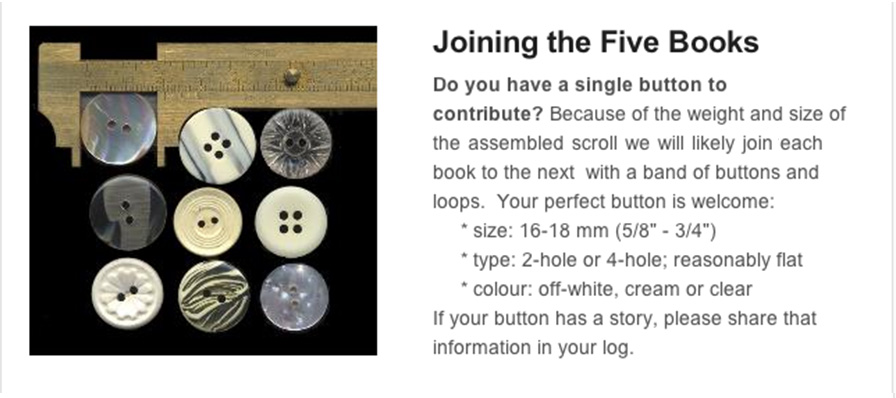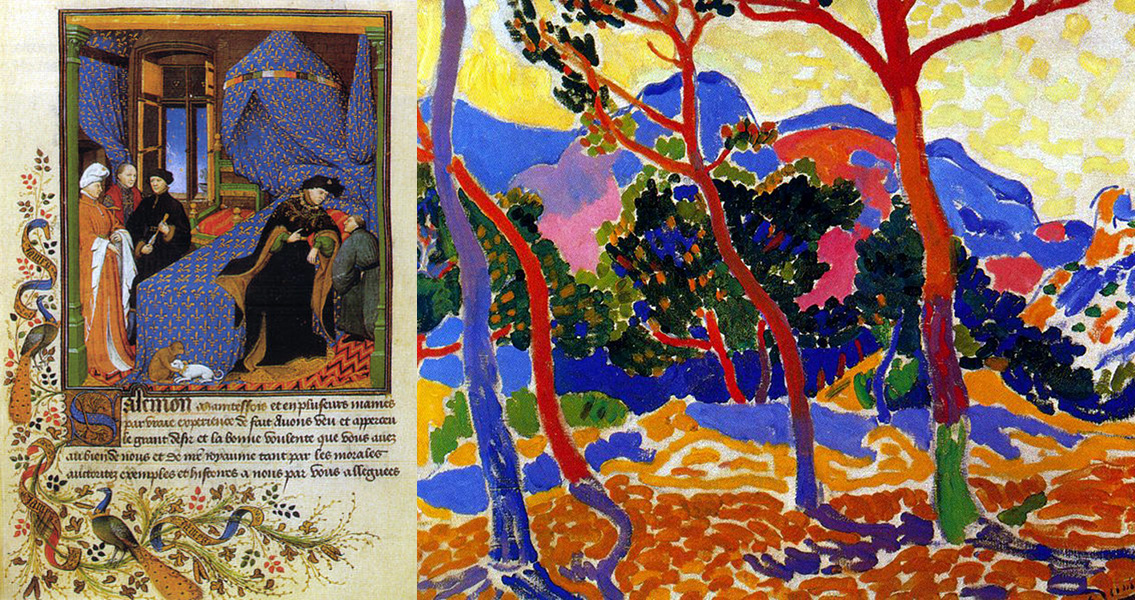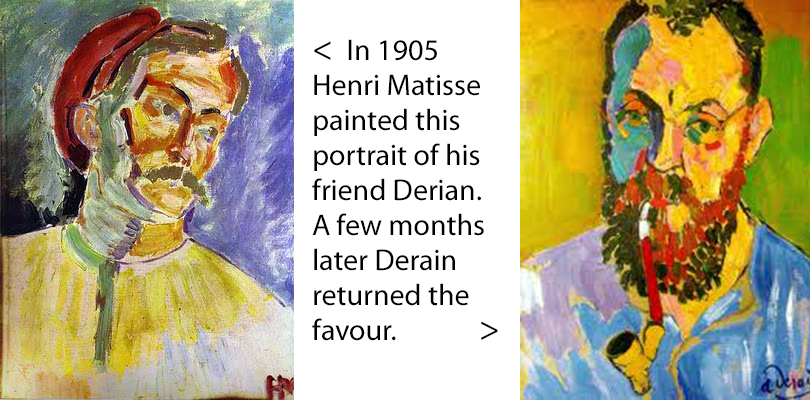Sophie wrote, “Oh what beautiful illuminations, and what a shame I have no space for them in my panel!”
A:Thank you for wanting to further enhance our scroll, and for your perfectly timed comment. Several artists have donated original artwork for inclusion in our scroll, and I am in the process of reworking them into cross-stitch patterns.
One of each design will be made available as a kit, and will be announced in a MailChimp newsletter.
If you would like to create your own design or know other artists interested, please let me know. We are looking for artwork that illuminates specific passages of themes.




